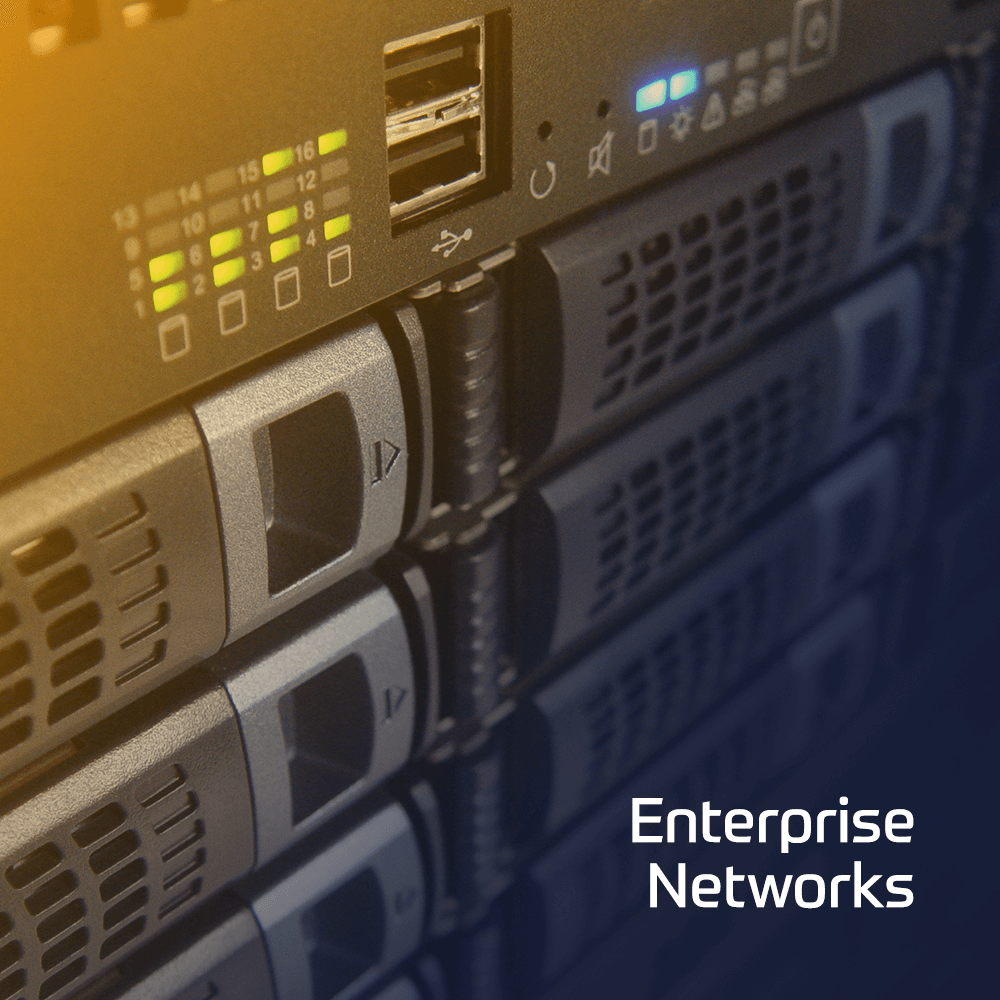The Linux Server Professional (LPIC-1 102) course will help candidates preparing for the LPIC 102 exam, which is the second out of 2 LPI exams candidates have to take to obtain the certificate.
The Linux Professional Institute (LPI) has established itself as the standard for distribution independent Linux certification. LPI offers three levels of certification: LPI 1, LPI 2 and LPI 3. LPI 1 is the base level certification that is looked for by professionals that want to validate their skills on Linux but not to one specific Linux distribution.

 Finland
Finland Germany
Germany Denmark
Denmark Sweden
Sweden Italy
Italy Netherlands
Netherlands Norway
Norway 


























 Duration
Duration  Delivery
Delivery  Price
Price